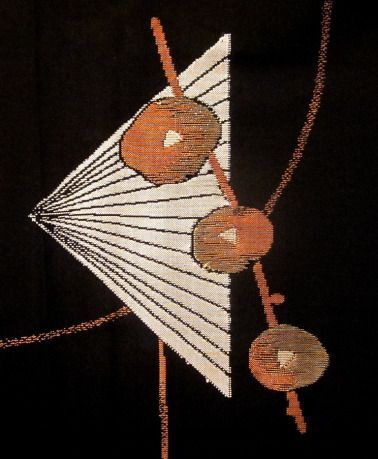#japanese textiles
Text


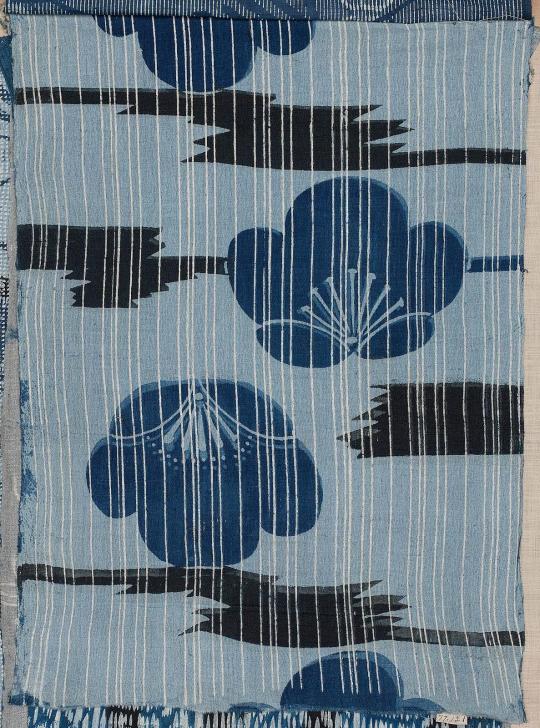
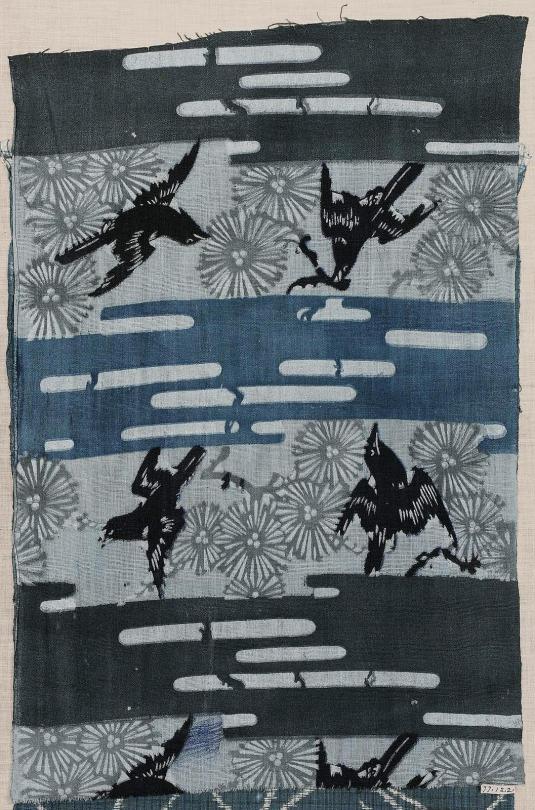


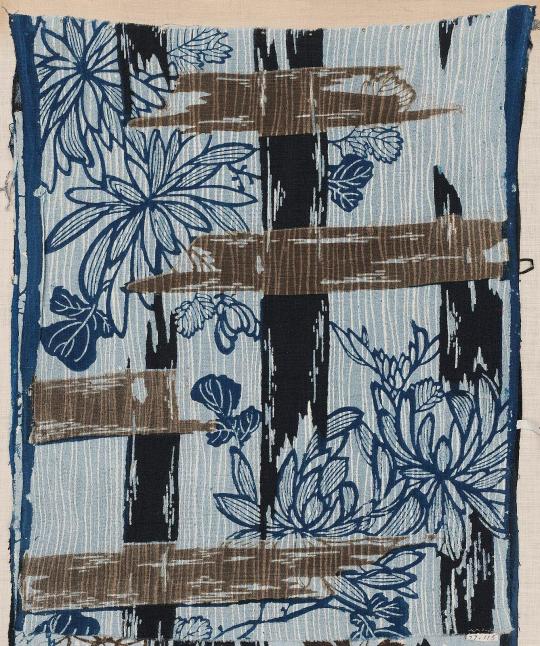


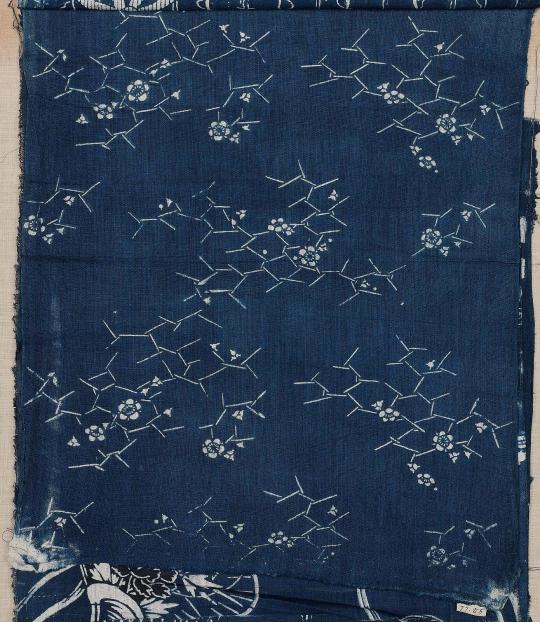
Fragments of cotton (Japanese, 19th century).
Images and text information courtesy MFA Boston.
117 notes
·
View notes
Text
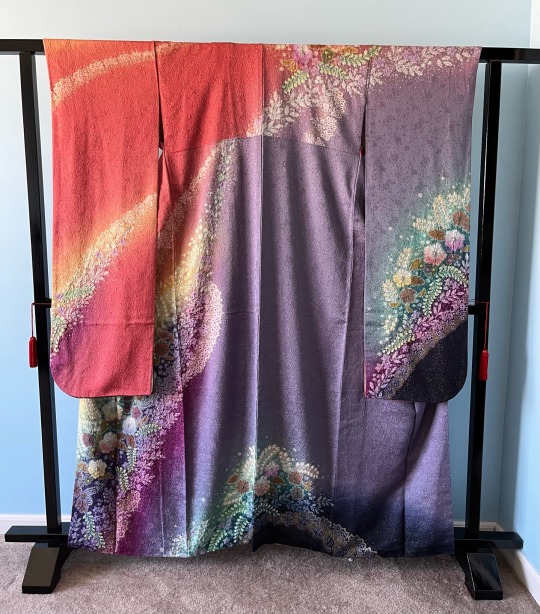

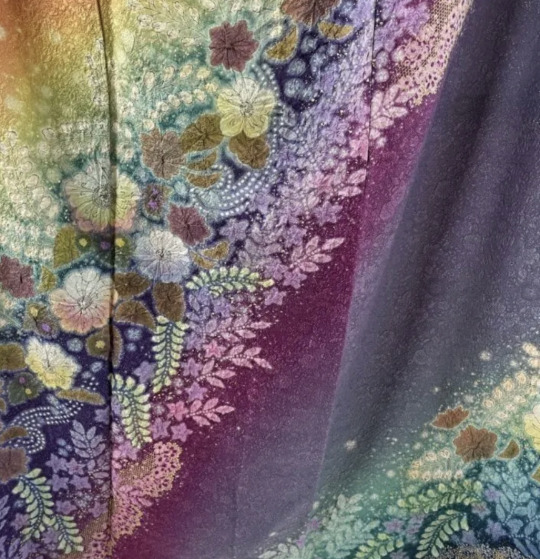
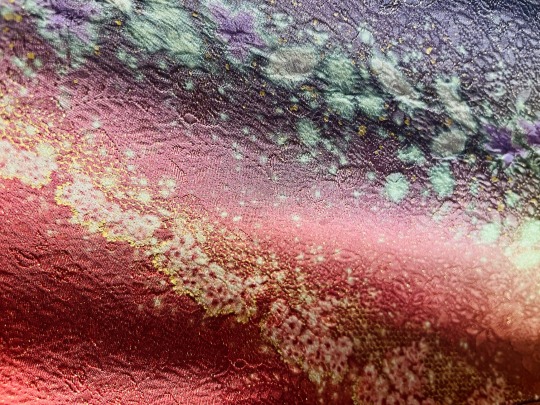
134 notes
·
View notes
Text
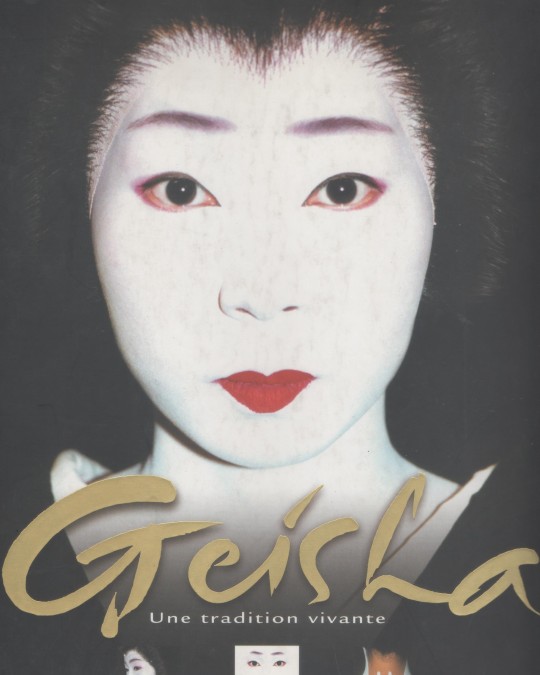
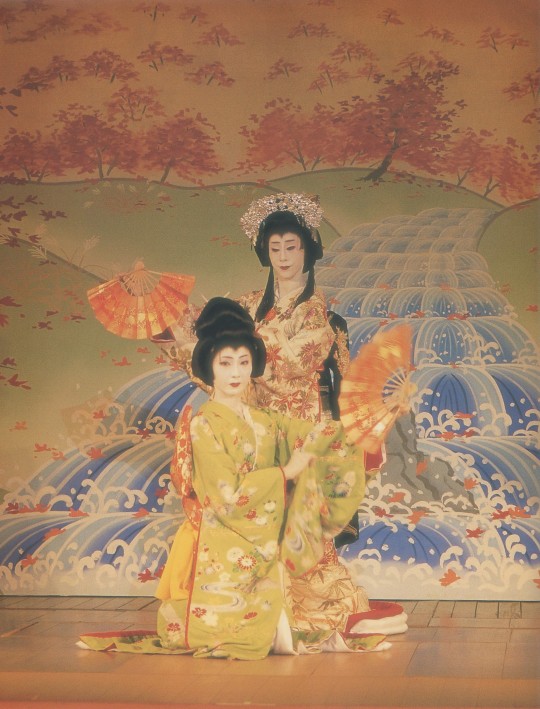

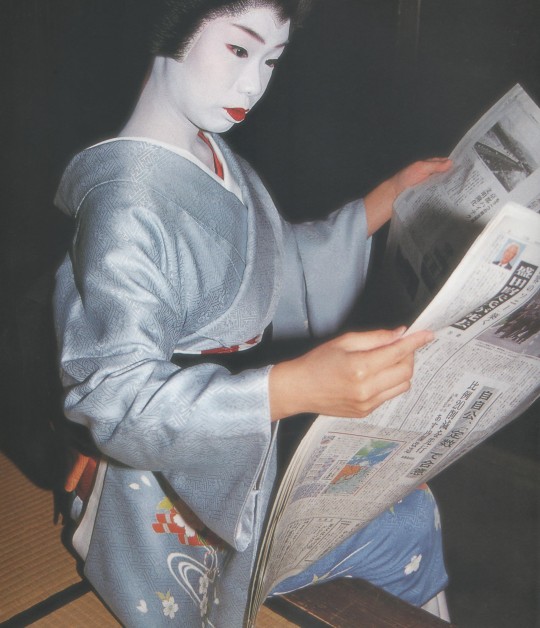


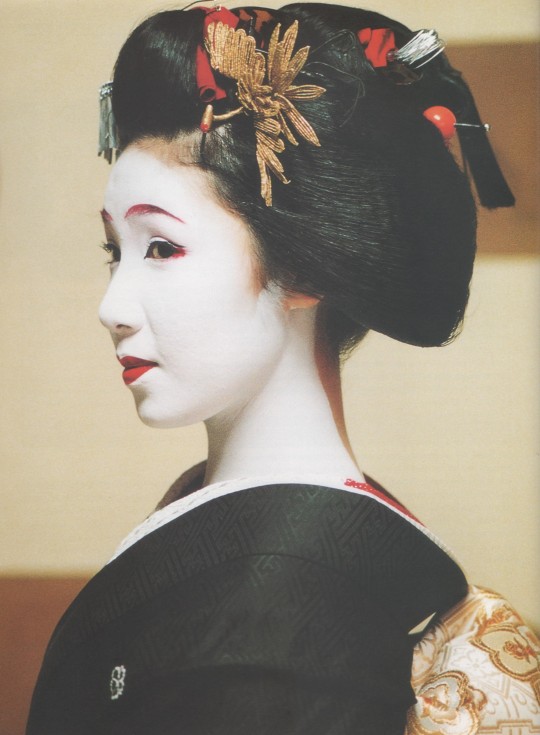

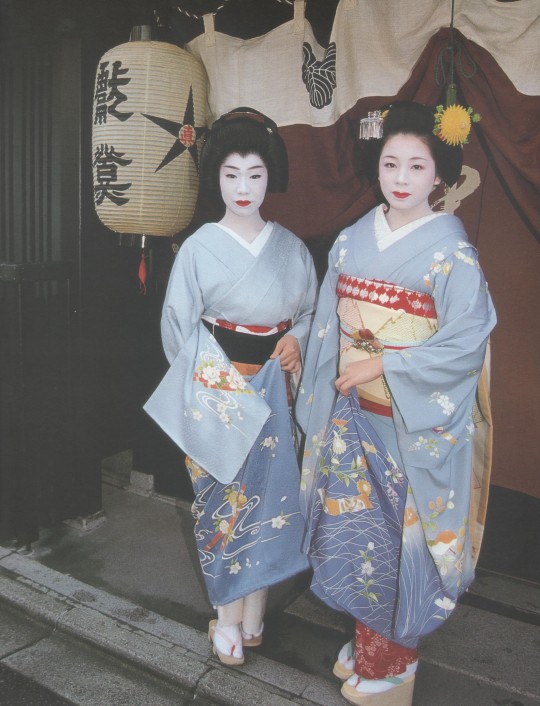


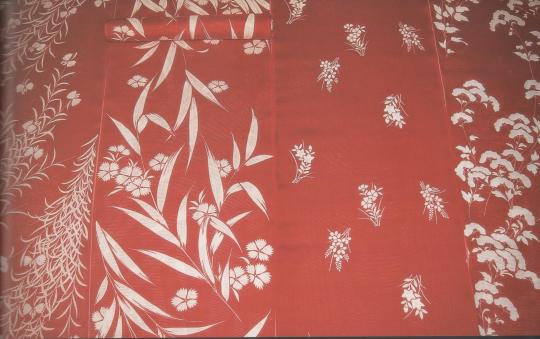


Geisha Une tradition vivante
Kyoko Aihara
Editions Soline, Courbevoie 2001, 128 pages, 24x29cm, ISBN 978-2876774315
euro 30,00
email if you want to buy [email protected]
C'est un privilège rare que de franchir les rideaux armoriés des anciennes maisons de thé japonaises, d'où la méconnaissance du rôle joué par les hôtesses de ces lieux rompues aux arts de divertissement et connues sous le nom de geishas. Historiquement, ces femmes sont associées à Kyoto, l'ancienne capitale du japon, où les exigences traditionnelles de leur formation sont toujours en vigueur aujourd'hui. Geisha explore tous les aspects de la vie, souvent pénible, de ces femmes remarquables leur costume, leur coiffure et leur maquillage élaborés, les cérémonies et les rituels auxquels elles participent, leur excellence dans la pratique des arts traditionnels et les relations qu'elles entretiennent avec les hommes et le monde extérieur. Les maiko et les geiko de Kyoto occupent une place à part dans la culture japonaise. II y a un siècle encore, on les voyait déambuler dans les rues de la ville, comme d'autres femmes aux activités proches dans d'autres villes du Japon. Aujourd'hui, leur existence se trouve menacée ; peu de femmes choisissent ce métier exigeant. En effet, de nombreuses années d'études leur sont nécessaires pour perfectionner leur connaissance des arts, apprendre à mener une conversation avec brio afin de divertir les hommes dans le respect de la tradition et à participer aux festivals saisonniers. Kyoto est la seule ville à proposer une formation de haut niveau qui garantit que les maiko et les geiko en exercice sont les véritables gardiennes du patrimoine culturel de leur pays. Le livre éclairant de Kyoko Aihara, richement documenté et illustré de photographies originales, dresse un portrait détaillé d'un pan de la société japonaise encore nimbé de mystère.
Kyoko Aihara est née à Yokohama, au Japon. Diplômée en histoire de l'art de l'Université de Tokyo, elle est ensuite allée étudier l'allemand à Cologne. Depuis 1994, elle est journaliste et photographe free-lance au Japon. Elle a publié de nombreux livres (tous illustrés de ses propres photographies) et rédigé pour de multiples journaux et magazines japonais des articles sur un vaste éventail de sujets. Les contacts privilégiés qu'elle a noués avec les maiko et les geiko de Kyoto lui ont permis de pénétrer l'univers des maisons de thé de la ville et d'écrire ce livre remarquable, unique en son genre.
07/12/23
14 notes
·
View notes
Text
The 300-year-old Japanese method of upcycling (BBC Culture)
2 notes
·
View notes
Text
A little “Today I Learned” write-up of notes regarding textiles in the Edo period:
+ The Kansai region, which is the area surrounding the imperial capital of Kyoto and the port of Osaka, was important in both the silk textile industry (mostly around Kyoto) and, after the 16th Century, the cotton industry (mostly around Osaka).
+ Cotton was introduced to Japan from Korea in the 1400s.
+ By the beginning of the Edo period (the early 1600s), cotton had become the primary material used in commoners’ clothing in most of Japan, replacing materials made from other types of plant fibers.
That’s not to say things weren’t still commonly made from asa (hemp or ramie) or from other plant fibers such as mulberry or wisteria - they were, especially in rural areas - but the more expensive cotton quickly became the most common choice.
On a side note: in some translations, you might see the English word linen as a translation for asa, which isn’t technically correct as linen is made from flax, which was not cultivated in Edo period Japan. The first flax in Japan is grown in Hokkaido in 1871.
+ Aside from the large amounts of cotton planted for the cotton textile trade, it was often grown in small quantities sufficient just for household consumption.
+ The Edo period and its bureaucracies placed a great deal of emphasis on laws and regulations that reinforced class structure, such as Aizu’s rules specifying which color haori-himo could be worn by which class of samurai, or Tosa’s rules forbidding low-ranking samurai from wearing certain footwear.
One sumptuary law passed by the Tokugawa shogunate limited purple outer garments to nobility and high-ranking samurai. Another banned the wearing of red outer garments, which were dyed with expensive saffron dye.
However, because those restrictions didn’t apply to inner linings or undergarments, wealthy commoners and low-ranking samurai families still found creative ways to incorporate these colors into their clothing.
On a side note: This is a good article on how silly sumptuary regulations got during the Edo period. Things like roof beam length, gold leaf decoration on household goods, and clothing materials could get you arrested.
+ On the other end of the spectrum, garments dyed blue using indigo were always a safe choice for the masses, from the lower ranks of samurai to the very bottom rungs of Edo society.
Indigo was inexpensive and could be used to produce a large variety of blue shades which, combined with the right materials and patterns, decorations, or embroideries could make up garments from the cheapest everyday kimono of a farmer to the fine silks of a wealthy merchant’s wife.
But, your choice of textiles could also easily oust you as a country bumpkin in the big city. Reportedly, even Edo’s teahouse girls laughed at samurai whose haori were lined in the cheap blue fabrics. (If I find the source again, there was an insult along the line of “blue sleeves”, but I don’t want to misquote it.)
+ There are no powered looms to produce textiles until after the Meiji restoration. The first powered looms are introduced to Japan in the 1870s but do not come into widespread use until the 1910s.
+ There is no domestic wool production during the Edo period: wool fabrics had to be imported, which made them expensive and rarely used. However, there is some wool use during the Edo period, specifically in samurai’s fire costumes (火事装束, kaji shozuku), obviously for practical reasons since wool is not as flammable as cotton or silk, and in travel cloaks. Wool becomes more common with the Meiji restoration, first to make Western-style uniforms and later to produce general Western-style clothing for those who could afford it.
(How did you stay warm and dry? Padded kimono (not unlike its modern cousin, the hanten jacket) and kamiko (paper fabrics). Here’s a neat article on kamiko.
#history notes#historical notes#history reference#historical reference#history research#historical research#edo period#tokugawa period#japanese history#japanese textiles#clothing#textiles#TIL#today I learned
48 notes
·
View notes
Text
silk to senninbari

View On WordPress
2 notes
·
View notes
Photo

Field to Fabric: Takahiro Hasegawa's Ode to Linen in 'One Field, One T-shirt'
#fashion#minimalism#sustainability#japanese art#takahiro hasegawa#contemporary#the linen project#art#textile art#linen
5K notes
·
View notes
Text
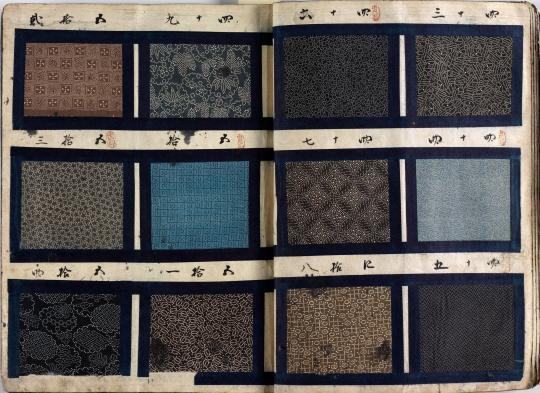


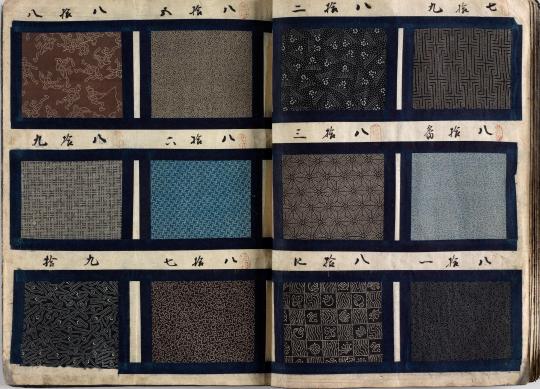
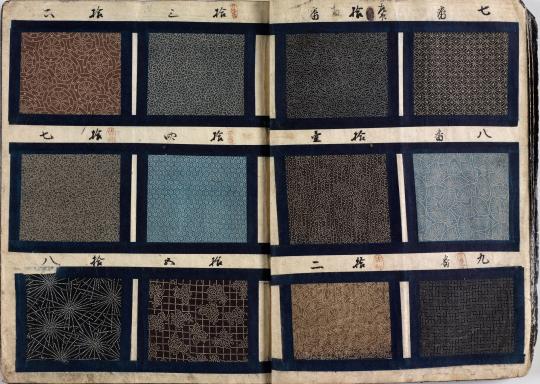


Unknown, Dyer's textile pattern book
mid 19th century
Part of RISD Museum (Rhode Island School of Design)
Woodcut on paper; Cotton plain weave, resist printed
30.8 x 23.5 x 2.5 cm (12 1/8 x 9 1/4 x 1 inches)
#unknown#set#textiles#pattern#pattern design#books#japanese art#woodblock print#color woodblock#japanese#woodcut
780 notes
·
View notes
Text
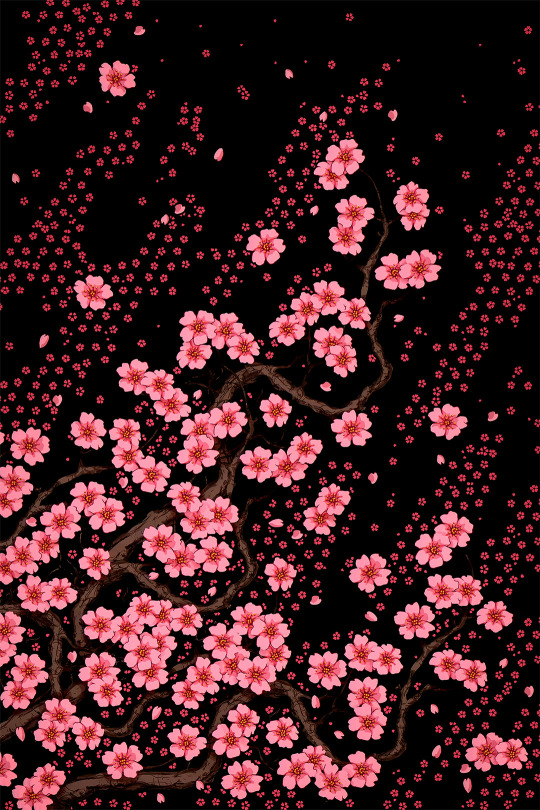

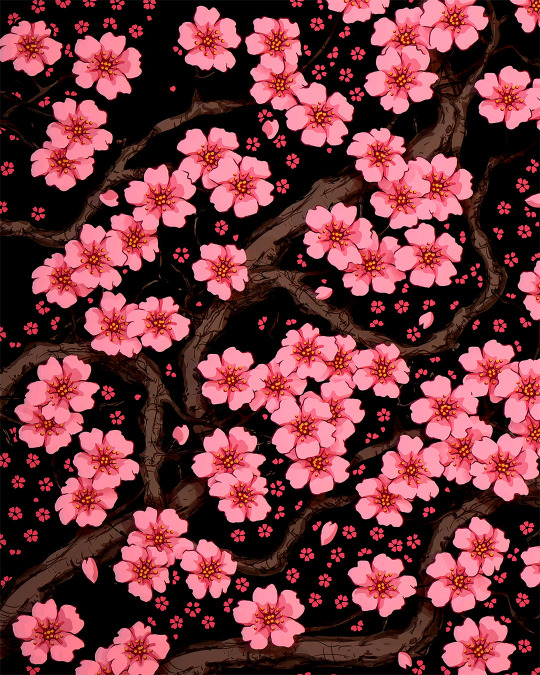
Sakura Moonlight
#sakura#cherry blossom#kimono#illustration#flowers#japan#japanese#inspired#textile design#surface design#pattern design#fabric design#pink#anime#kawaii#fabric#pattern#textile#design#illustrators of tumblr
898 notes
·
View notes
Text

Textile fragment (Japan, 18th century).
Silk, gilt paper strips; satin-weave ground with weft patterning.
Image and text information courtesy MFA Boston.
50 notes
·
View notes
Text
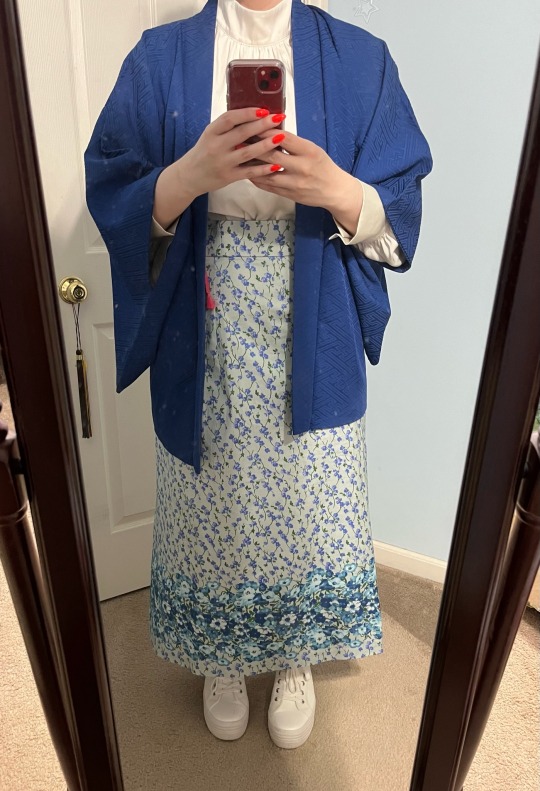
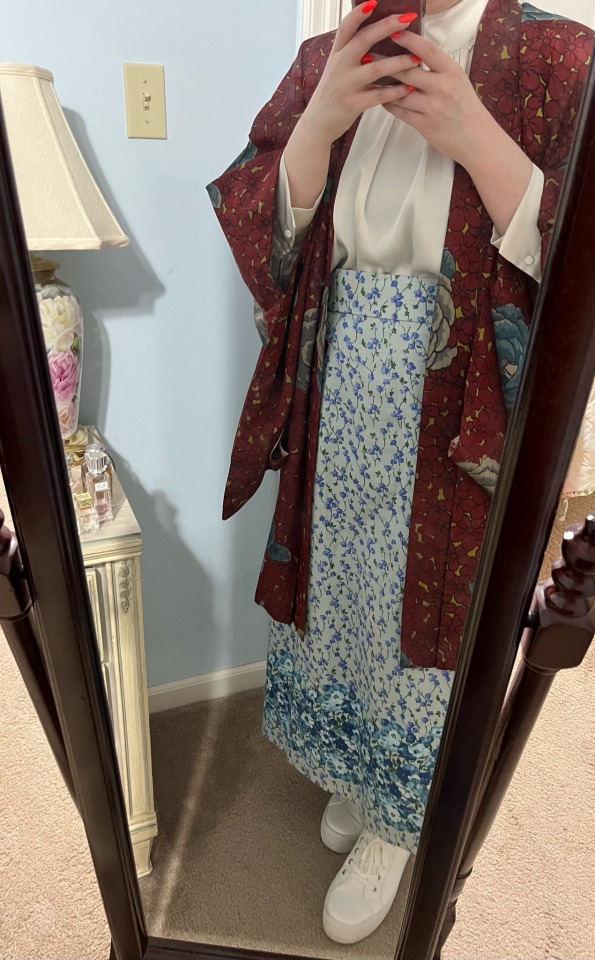
Outfit ideas.🌹
3 notes
·
View notes
Text


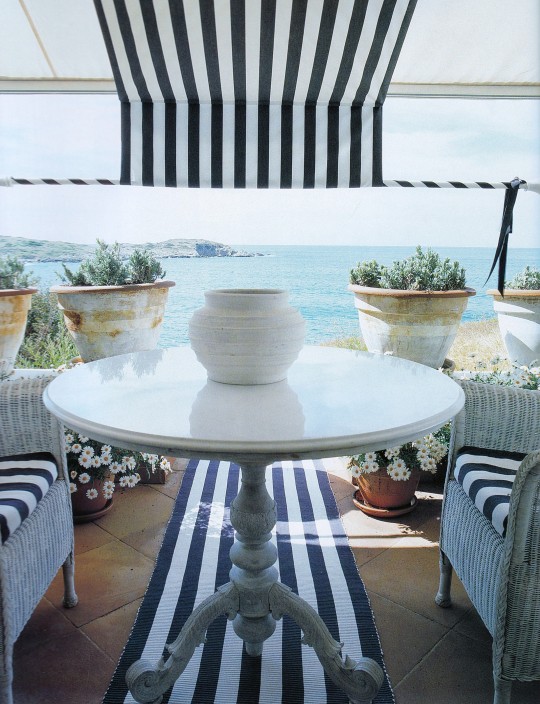
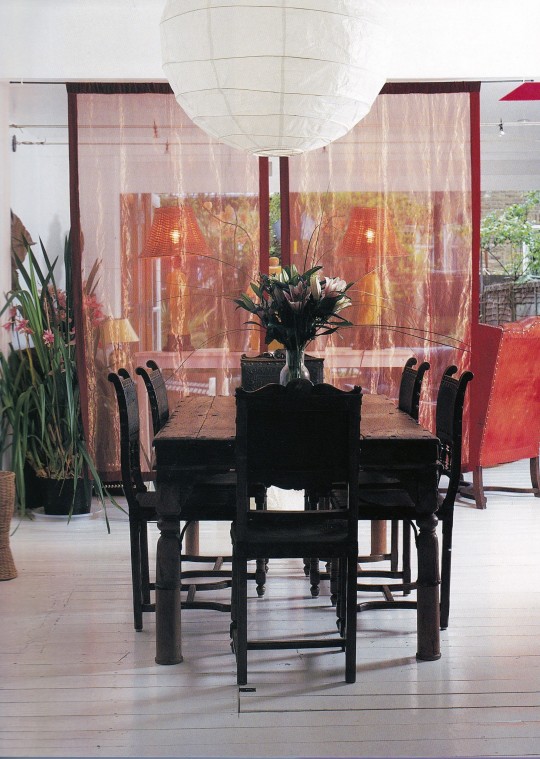
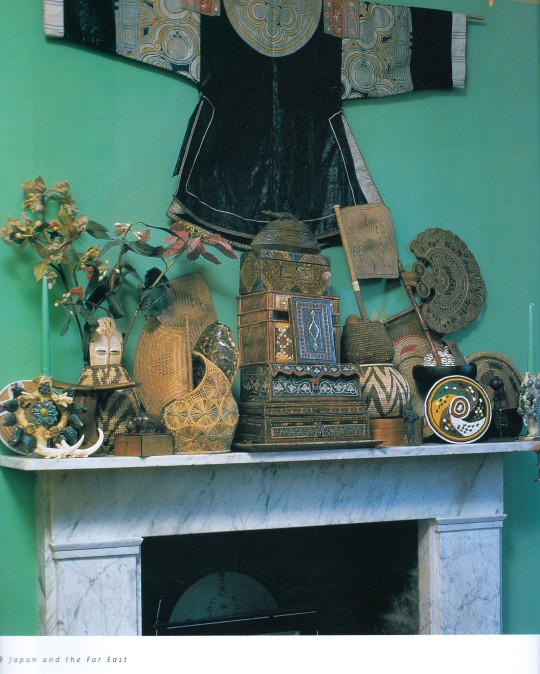
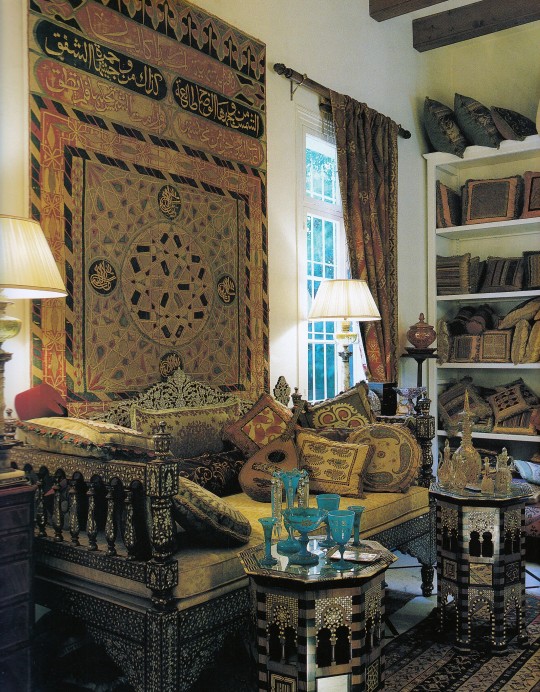
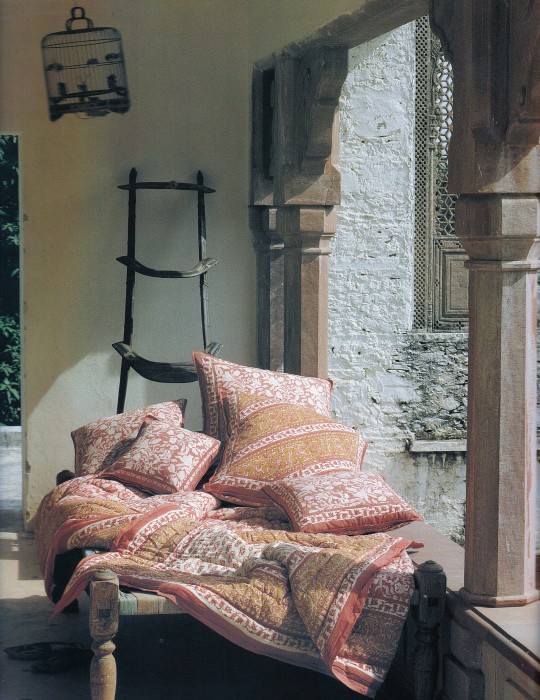


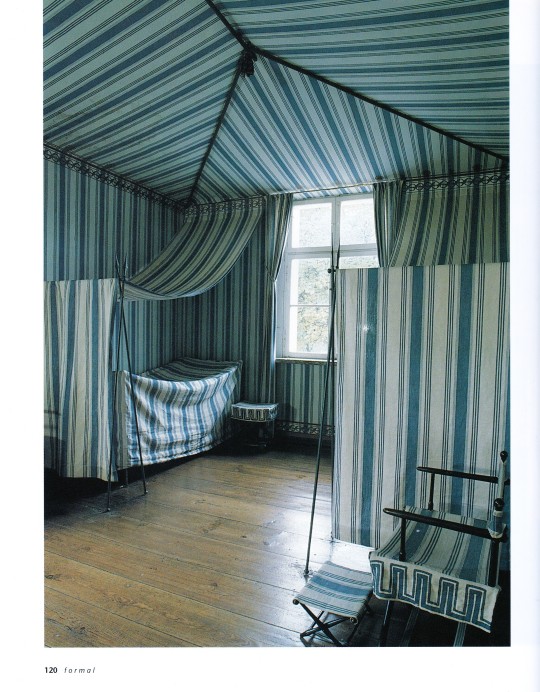


Living with Textiles
Elaine Louie
Mitchell Beazley, London 2001, 144 pages, over 140 colour photos, 24x29cm, ISBN 9781840003871
euro 30,00
email if you want to buy [email protected]
Chinese silks, Egyptian linens, Afghan rugs: every culture recognizes the sensuality and functionality of textiles. Yet, too often their striking contribution to the modern interior is overlooked. Over 140 eye-opening color photos reveal what a wonderful difference they make, draping the walls, covering a bed, upholstering the furniture, warming the floors, softening the lines. Display a small hooked rug as a piece of art, or turn an obi (a kimono sash) into the perfect table runner--you're limited only by your imagination. Every page features a new application for textiles in the home, from hangings to room dividers, as well as information on particular fashions and period effects, including Indian, Japanese, African, French, and English Formal. It's inspiration and information for bringing unique style to your environment.
17/07/23
orders to: [email protected]
ordini a: [email protected]
twitter:@fashionbooksmi
instagram: fashionbooksmilano
designbooksmilano
tumblr: fashionbooksmilano
designbooksmilano
#Living with textiles#chinese silks#egyptian linens#textiles in the home#afghan rugs#indian textiles#japanese textiles#african textiles#french extiles#english textiles#designbooksmilano#fashionbooksmilano
7 notes
·
View notes
Text
In celebration of seeing the first fireflies of the season:
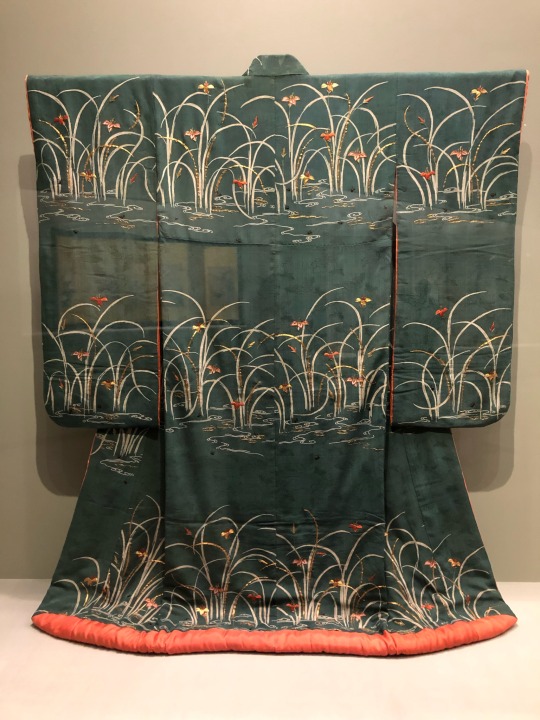
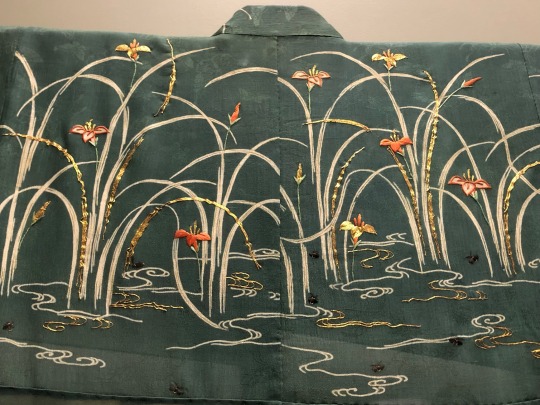
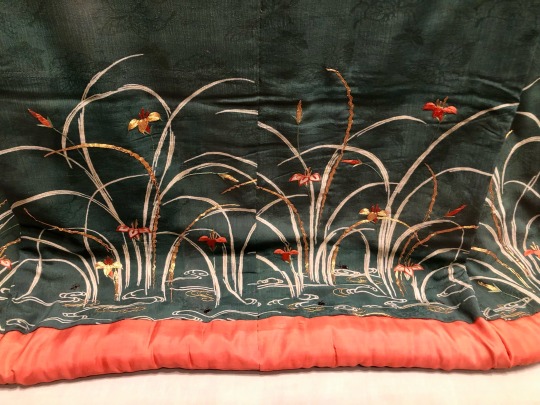

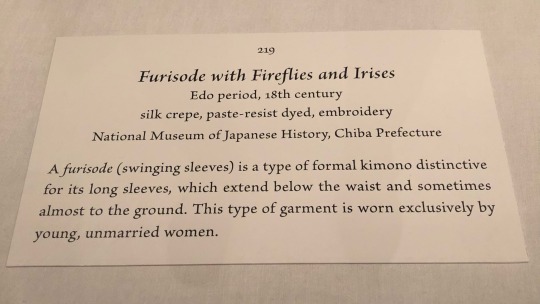
Furisode with Fireflies and Irises
Japan, Edo period, 18th century
silk crepe, paste-resist dyed, embroidery
National Museum of Japanese History (photographed on display at The Life of Animals in Japanese Art exhbition at the National Gallery of Art DC in 2019)
#Japanese art#East Asian art#Asian art#18th century art#kimono#furisode#historical costume#garment#embroidery#irises#fireflies#National Gallery of Art DC#The Life of Animals in Japanese Art#museum visit#exhibition#textiles#National Museum of Japanese History
772 notes
·
View notes
Text
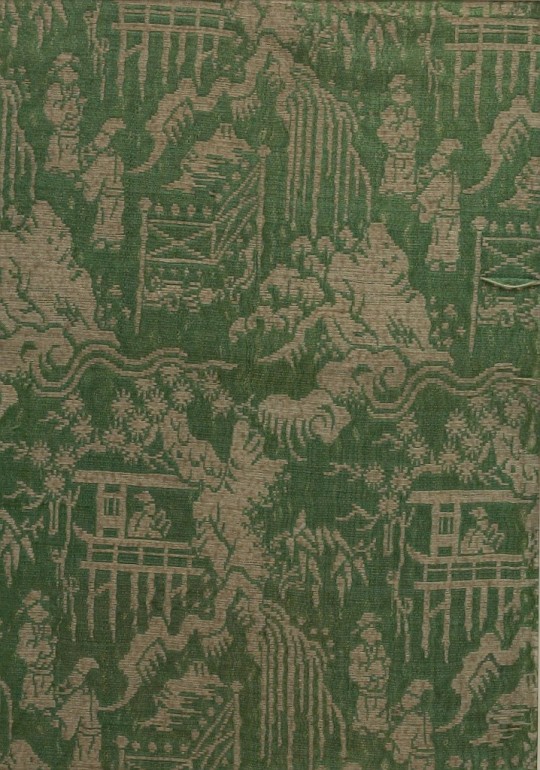
Textile fragment, 1789-1800, Edo period, Japan.
238 notes
·
View notes
Text



Nothing quite says the holidays like comfortable dressing gowns. And in the late 1800s, the Western market was absolutely besotted with dressing gowns--for men and women.
This 1885 deep berry dressing gown is covered in astonishingly beautiful embroidery featuring birds and lilies. It was made in Japan, specifically for Western audiences. The silk is faille, once again, so it drapes absolutely beautifully, and the detail on the pattern is one of the most stunning things I've seen in a long time. I can't even begin to wrap my head around the time and attention this would take.
The silk faille color is one of my favorites in the world. I want to personally thank LACMA for their amazing photography on this one.
#dressing gown#Japanese fashion#1880s fashion#circa 1885#fashion history#threadtalk#costume#victorian fashion#historical costuming#textiles#costume history#late victorian fashion
790 notes
·
View notes
